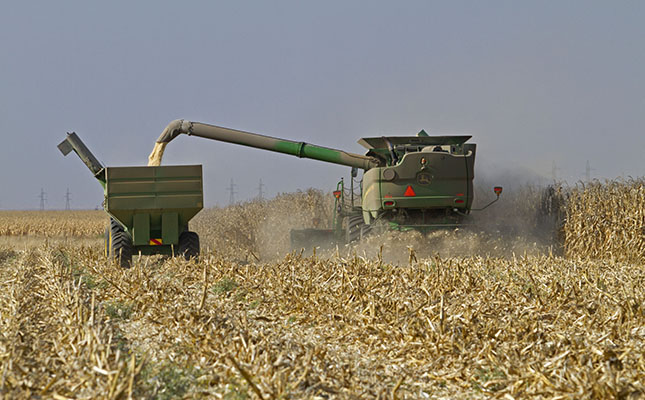
Photo: Sabrina Dean
The exchange rate of the rand against major currencies along with higher commodity prices had played a significant role in the 0,3% month-on-month (m/m) increase in the consumer price index.
This was according to Marlene Louw, consumer and food analyst at the Bureau for Food and Agricultural Policy (BFAP), and a researcher and lecturer at the University of Pretoria.
She said maize prices were 53% higher in the first quarter of the year than in the corresponding period in 2018. Wheat prices were also 21% higher in the first quarter of this year compared with last year.
“Those are the cost pressures that we can now see coming through in food prices,” she said.
The price of maize meal increased again in May, continuing a trend that had resulted in a double digit price increase for the staple food since January.
Statistics South Africa (Stats SA) said in its latest report on the consumer price index (CPI) that annual consumer inflation was 4,5% in May, up from 4,4% in April.
According to the report, a “noticeable trend” was an uptick in the prices of certain basic foodstuffs during the course of this year.
“Of the 34 products in the CPI basket that comprise the minimum food requirements for poverty analysis, 20 registered an annual increase above the 3,2% inflation rate recorded for food and non-alcoholic beverages in May.”
The price of maize meal had increased 11,4% between January and May, with the price increasing 1,4% from April to May.
Other food price increases highlighted by Stats SA included tinned fish (excluding tuna), which was up 7,4% year-on-year (y/y) and 1% m/m; mageu, which was up 8,5% y/y and 0,6% m/m; potatoes, which were up 7,7% y/y and 0,7% m/m; and the price of cooking oil, which was up 7,3% y/y and 1,4% m/m.
The CPI increase of 0,3% on average in May was mainly driven by a 3,3% rise in month-on-month fuel prices. “The price per litre of inland 95-octane petrol was R16,67 in May and diesel was R16,40.”
The report added that fuel prices had increased by 11,6% over the past 12 months.











